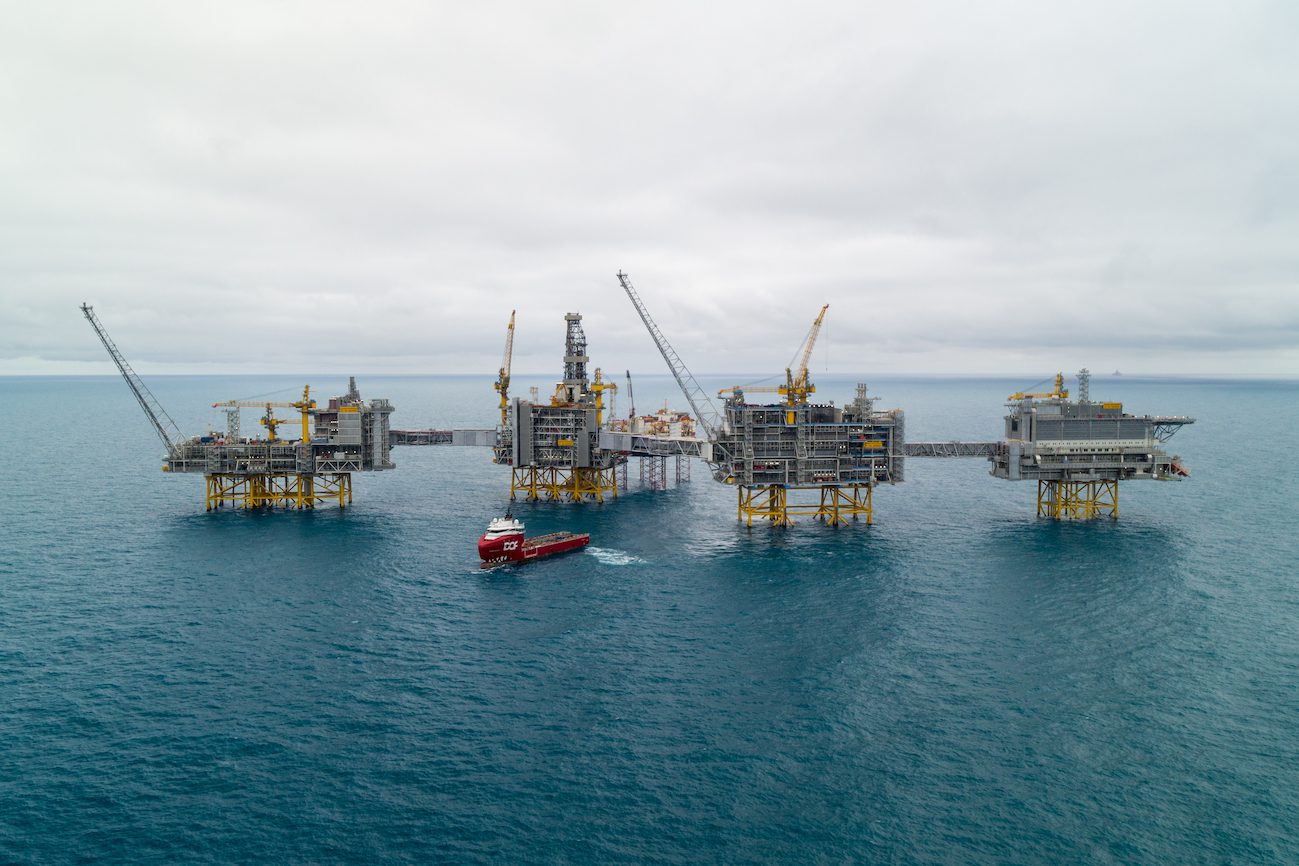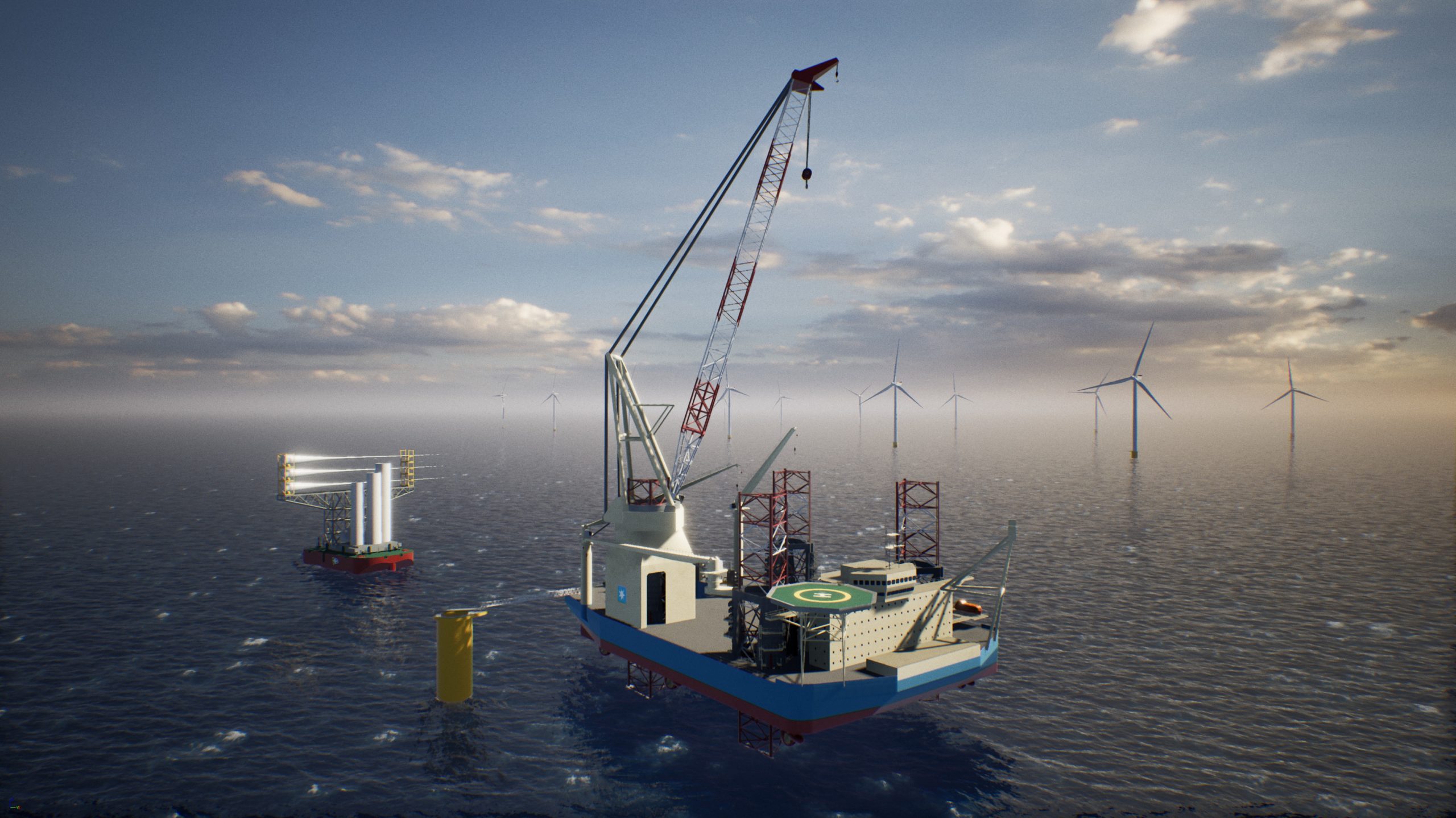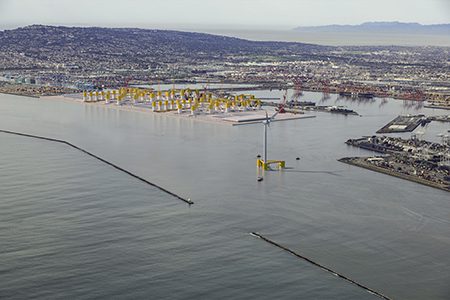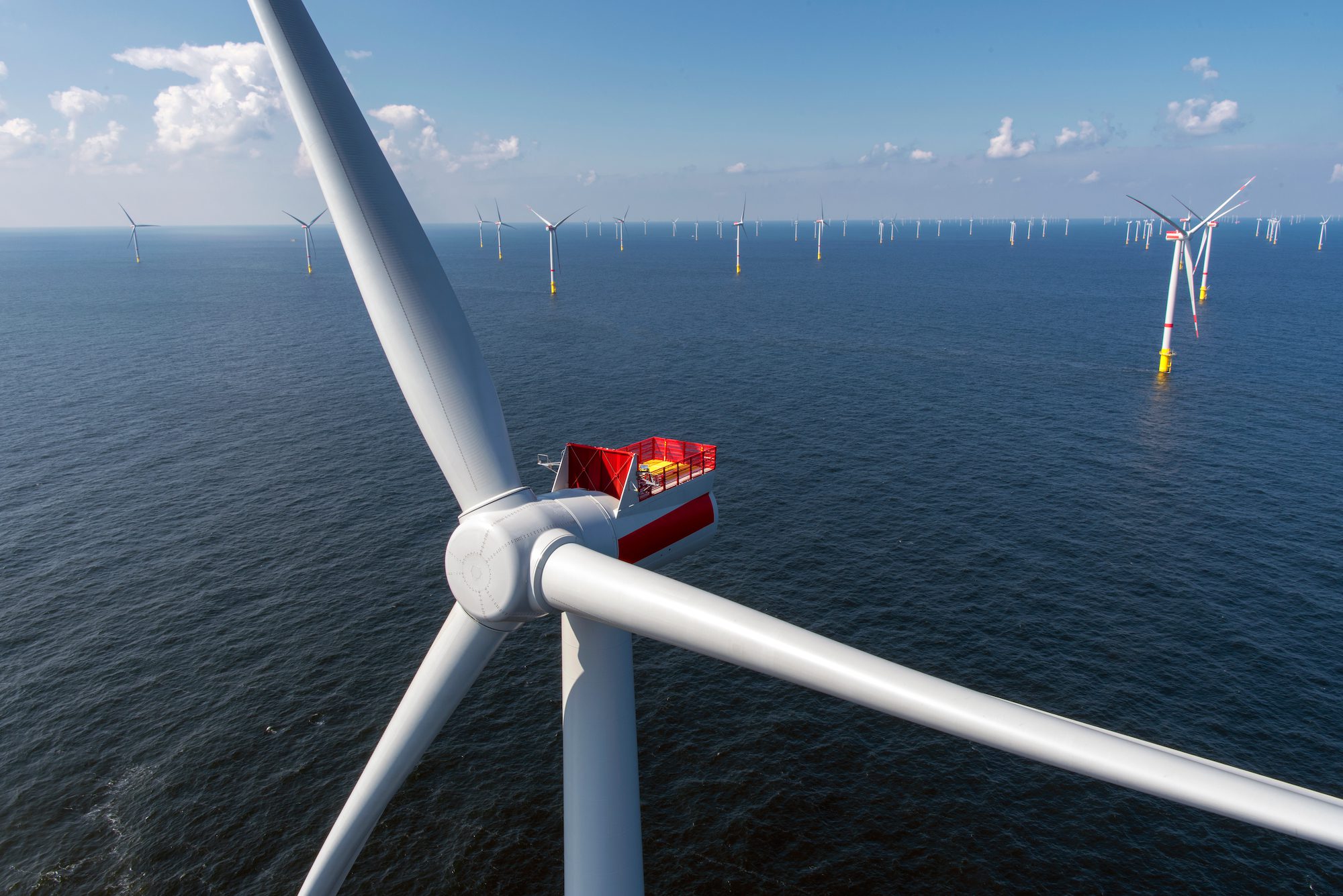The shore-powered Johan Sverdrup offshore field. Photo: Espen Ronnevik / Oyvind Gravas – Equinor ASA
Norwegian energy giant Equinor has set a goal to reach net-zero emissions in line with the Paris Agreement.
Earlier this year Equinor announced plans to achieve net zero greenhouse gas emissions in Norway by 2030 and to reduce absolute greenhouse gas (GHG) emissions in Norway to near zero by 2050. The company is now expanded its ambition net zero carbon emissions globally by 2050.
“Equinor is committed to being a leader in the energy transition. It is a sound business strategy to ensure long-term competitiveness during a period of profound changes in the energy systems as society moves towards net zero. Over the coming months, we will update our strategy to continue to create value for our shareholders and to realise this ambition,” says Anders Opedal who today took over the position as Chief Executive Officer (CEO) and President of Equinor.
In its pledge, Equinor joins a growing number of companies, countries and sectors targeting net zero carbon emissions by 2050 in wake of the 2015 Paris Agreement. But according to an International Energy Agency report earlier this year, a huge acceleration in clean energy innovation is needed in order to achieve the level of ambitions globally.
In order to achieve its level of ambition, Equinor says turn to renewables, carbon capture and storage (CCS), and the development of “competitive technologies” such as hydrogen.
Equinor sees global oil and gas demand peaking around 2030 before gradually declining. The company said expects to deliver an average annual oil and gas production growth of around 3 percent from 2019 to 2026.
“Equinor has for years demonstrated an ability to deliver on climate ambitions and has a strong track record on lowering emissions from oil and gas. Now, we are ready to further strengthen our climate ambitions, aiming to reach net zero by 2050,” Opedal says.
Renewables are seen as a major growth area. Equinor has previously set ambitions for profitable growth within renewables and expects a production capacity of 4-6 Gigawatts (GW) by 2026 and 12-16 GW by 2035. The company says it now plans to expand its acquisition of wind acreage, with the aim of accelerating profitable growth and its leading position in offshore wind. From 2021, the company will also establish renewables as a separate reporting segment.
In terms of carbon capture and storage, a technology the IEA says is crucial to achieving global climate goals, Equinor is driving development in the area through projects such as Northern Lights, which aims to store CO2 from industrial sites across Europe in wells below the North Sea.
“Climate change is a shared challenge. The combined efforts of governments, industries, investors and consumers are crucial to reaching net-zero emissions, for Equinor and for society. Together, we can overcome technological and commercial challenges, cut emissions, and develop CCS and zero-emission value chains for a net-zero future,” says Opedal.

 Join The Club
Join The Club











